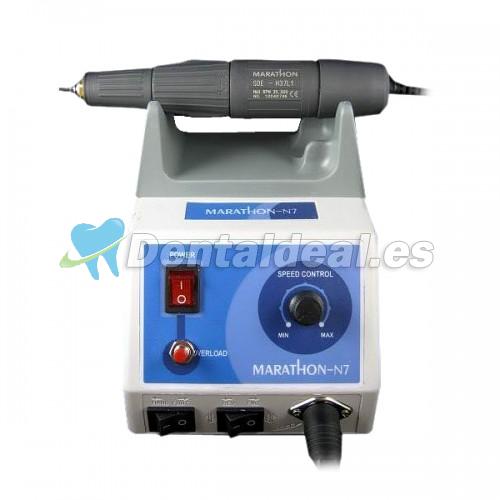The dental units generally need connecting to electrical, as well as drainage and plumbing systems.Transportation to the dental office is cited by many of the elderly as a barrier to dental treatment. Mobile (bus dental unite) or portable services eliminate the transportation barrier by bringing the service to the client. The portable dental chair will provide greater assistance to disabled clients living in those out of reach places. They make it possible for the elderly to receive the care they deserve. The mobile and portable dental services will also enable care for the elderly in their homes or care facilities. The demand for dental care will continue to increase.
The elderly population is rapidly growing in the world. It is estimated that 3.5 million US elderly people will be living in long-term care facilities by year 2030. In some situations, transport infrastructure may also restrict access to care. There are some areas in Iran that are inaccessible when roads are not passable, such as the mountainous villages in and around Fereydoon-shahr.
More complex portable units include a vacuum canister, dentist ultrasonic scaler, radiographic equipment along with compressors for air-water syringes and high- and low-speed handpieces. This equipment is stored and transported in durable boxes and cases.
The rationale for these chairs is to allow provision of simple filling and basic preventative treatments such as fluoride therapy and fissure sealants, but they remain largely unevaluated. Therefore, the aim of this study was to explore dentists’ perceptions of the use of portable dental units in community outreach programs.
Starting your own dental practice is no easy task. Purchasing portable dental unit for your practice can also be difficult. On average, a new dental practice will spend around $500,000 on structural upfit, equipment and supplies for their business. To make sure you are getting the most for your money, consider the following tips before diving into the world of dental equipment sales.
Before making any final decisions and purchasing dental equipment for sale, do as much research as possible on your own first. Doing so will help you understand all that the market has to offer and what your options are.
It is never a good rule of thumb to buy something simply because it is available or because it is affordable for you. Find out exactly what your practice needs and then begin your research on the quality products to invest in. This is because buying portable dental equipment is just that, an investment. Check the product’s features and confirm how it will make your practice more effective.

